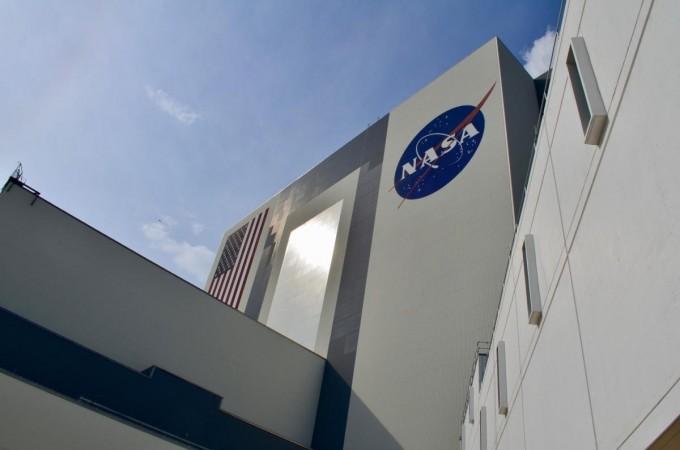NASA's Solar Dynamics Observatory (SDO) has captured the Moon passing in front of the Sun.
The SDO recorded the 35-minute partial solar eclipse on Wednesday, SpaceWeather.com reported.

"At the peak of the eclipse, the Moon covered 67 per cent of the sun, and lunar mountains were backlit by solar fire," the report said.
The high-resolution images captured by the SDO, will help scientists better understand the telescope.
The images "reveal how light diffracts around SDO's optics and filter support grids. Once these are calibrated, it is possible to correct SDO data for instrumental effects and sharpen images of the Sun even more than before", the report said.
Since its launch in 2010, NASA's SDO has studied how the Sun creates solar activity and drives space weather -- the dynamic conditions in space that impact the entire solar system, including Earth.

SDO's measurements of the Sun -- from the interior to the atmosphere, magnetic field, and energy output -- have greatly contributed to our understanding of our closest star.
The spacecraft's observations start in the interior of the Sun with the solar dynamo -- the churning of the Sun's interior that creates its magnetic field and drives space weather. The SDO then observes the solar surface to directly measure the magnetic field and the solar atmosphere to understand how magnetic energy is linked to the interior and converted to space weather-causing events.
It also measures the extreme ultraviolet irradiance of the Sun that is a key driver to the structure and composition of the Earth's upper atmosphere.
















